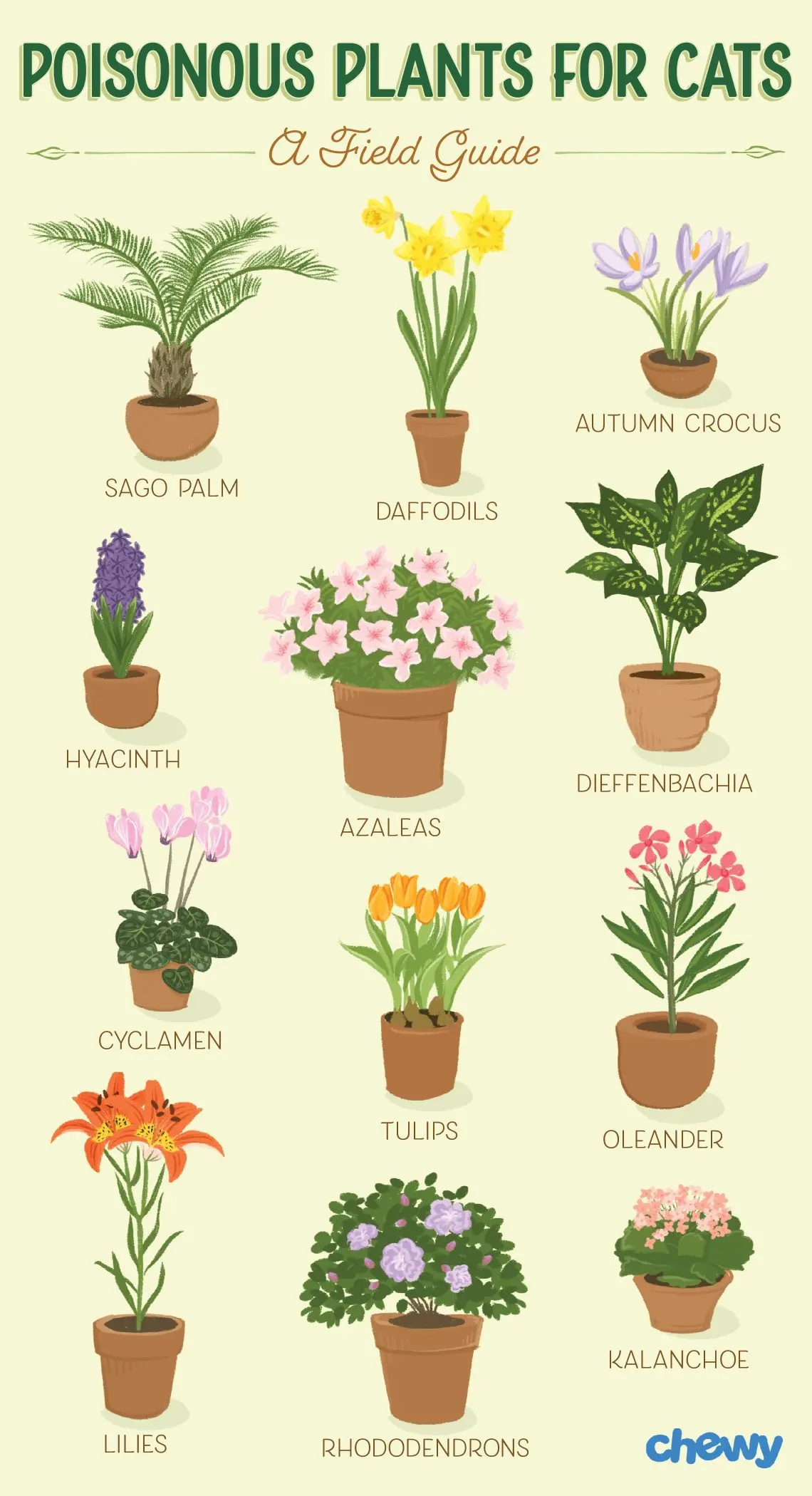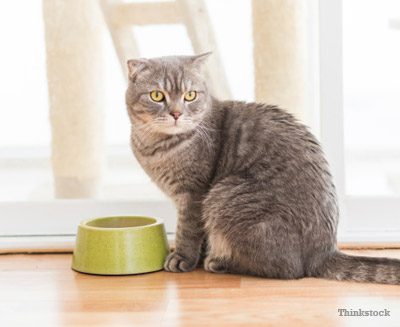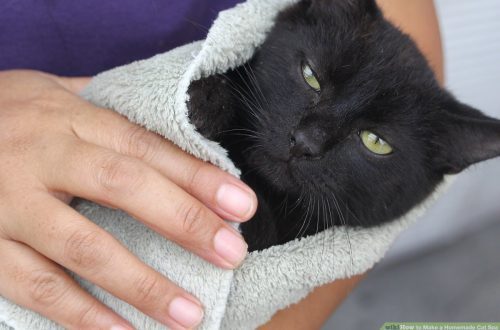
Poisonous and Cat-Safe Houseplants
Many cat owners have recently chosen to keep their pets exclusively at home. This is an understandable desire, since traffic is a real threat in both the city and the countryside. However, living at home is also unsafe. Weight gain due to inactivity and behavioral problems caused by a lack of external stimuli can be easily corrected with the right diet, toys and games that will help the cat stay active and interested in what is happening around her. But what else can you do to ensure your pet is completely safe?
Safe environment
Houseplants and flowers can be a serious hazard to cats who love to taste leaves or flowers. The toxic effect on the animal depends on what part of the plant was eaten: for example, narcissus bulbs often cause poisoning in dogs, but leaves and flowers (which are the prey of cats) are much less likely to cause poisoning. For safety reasons, daffodils and lilies are best kept out of the home as they are the most common cause of plant poisoning in pets. In addition, it is important to remember that your pet can also eat fresh flowers from a bouquet – for example, lilies of the valley are poisonous to cats.
The essence of the problem
Your cat does not need to ingest the plant to be poisoned, as some, such as croton, have a poisonous sap that is released when the animal chews the leaves and causes blistering in the mouth. However, it is necessary to adequately assess the risks. In some cases, the toxic effects on the animal’s body can be serious and require the attention of a veterinarian, but sometimes the cat can recover on its own. There is also no need to go through long lists of houseplants that can cause poisoning in cats. In real life, for most animals, most of them will be unattractive or uninteresting. For example, cyclamens often make such lists, but only the root of the plant is poisonous to pets, and it is likely that only a very few cats will be so attractive to cyclamen that it will force them to dig up and eat enough roots to cause poisoning.
Important Tips
- Avoid buying houseplants known to be toxic to children or pets – if they are dangerous for children, they are likely to be dangerous for cats.
- If your cat has eaten a significant portion of any houseplant, or even a small portion of a poisonous plant, if she is salivating or feels unwell after chewing on the plant, contact your veterinarian immediately.
- Consider covering the base of your houseplants with silver foil or plastic wrap so your cat won’t be as interested in digging up the roots of the plants.
- Make sure your cat always has enough fresh water (often cats chew leaves to quench their thirst).
- Provide your cat with enough toys, timed feeds with an automatic bowl, or hang a bell outside your window so your cat has something to do when you’re away. often cats take to chewing houseplants just out of boredom.
The most common houseplants that are poisonous to animals are:
Azalea
Lilies, including Easter lily, Daylily (Hemerocallis), tiger lily
Coat (Joseph’s Coat)
Daffodils (various types)
Dieffenbachia (Dumbcane)
Ficus (rubber plants, weeping and variegated fig plants)
Philodendron
Monstera (Swiss Cheese Plant)
Oleander
Poinsettia
christmas cherry
Astrolist





